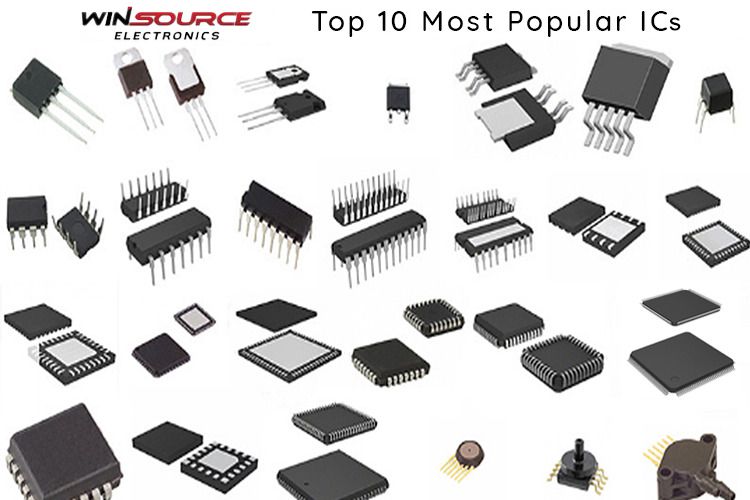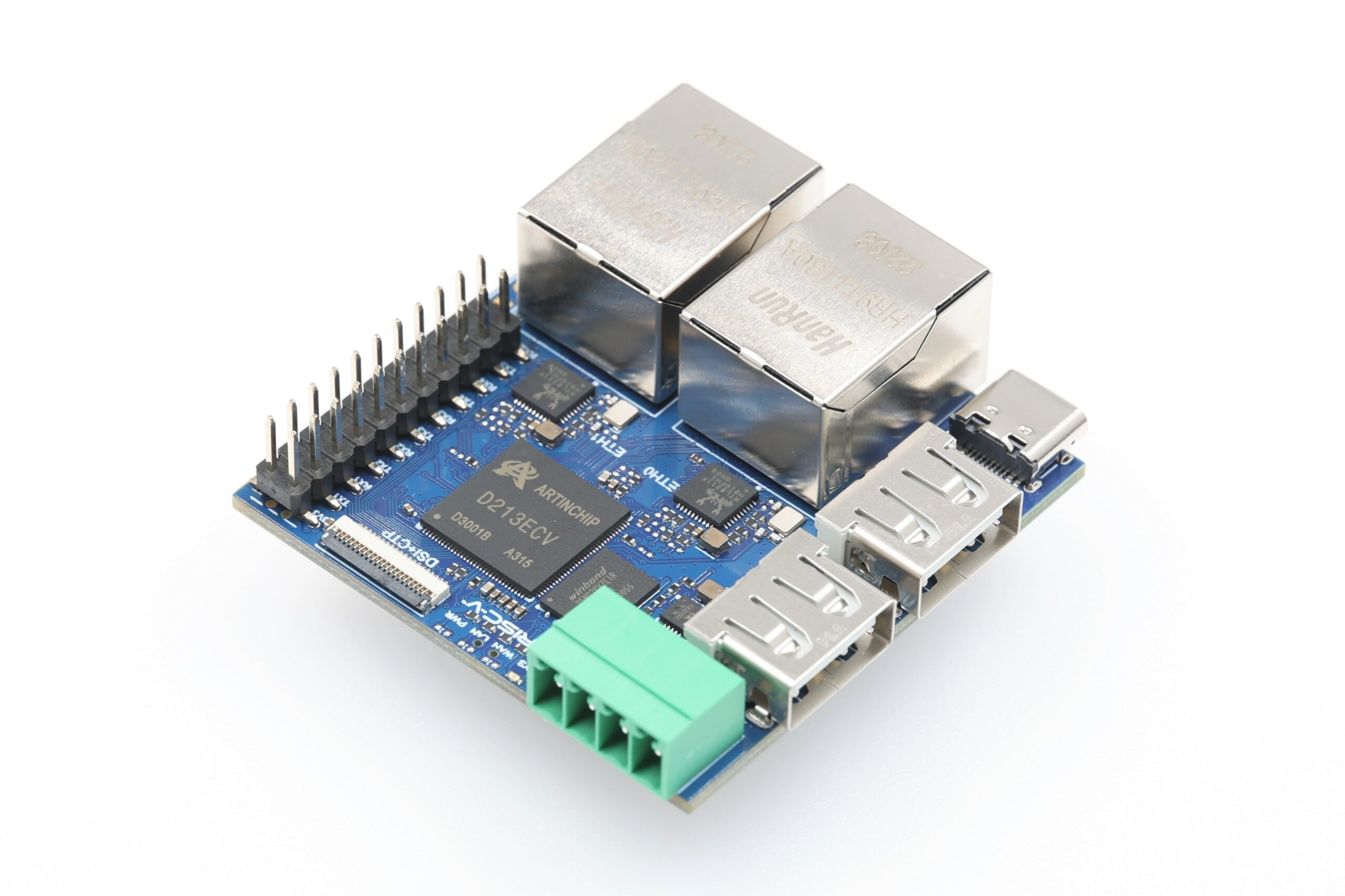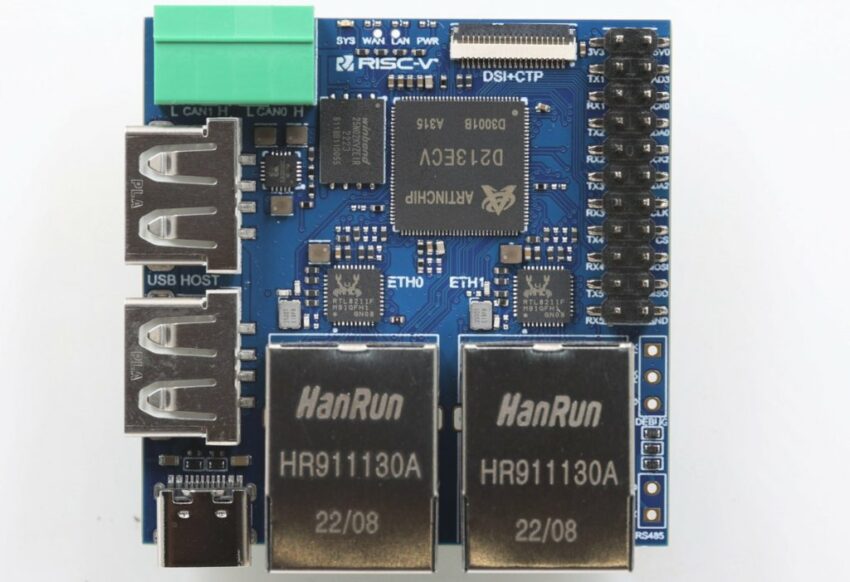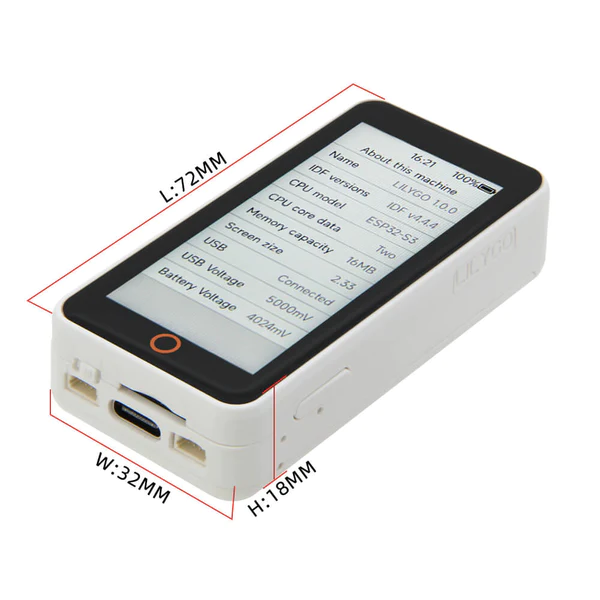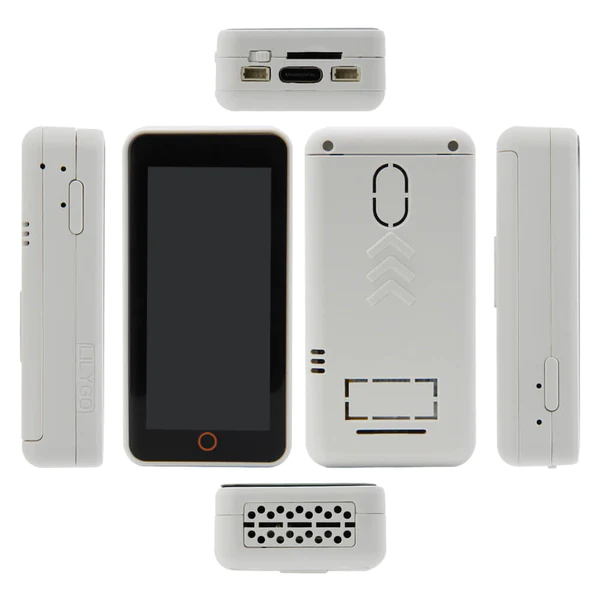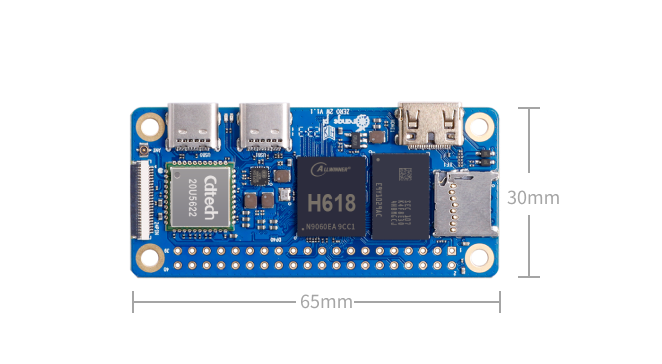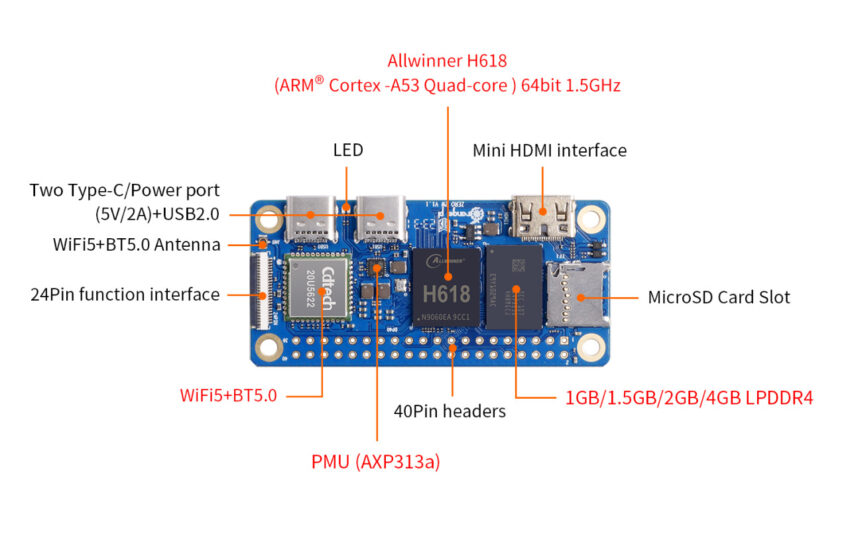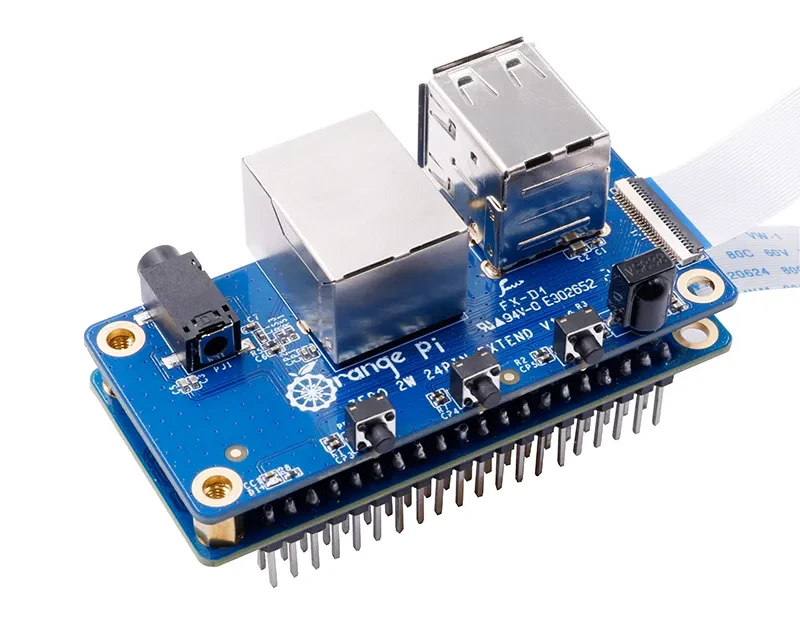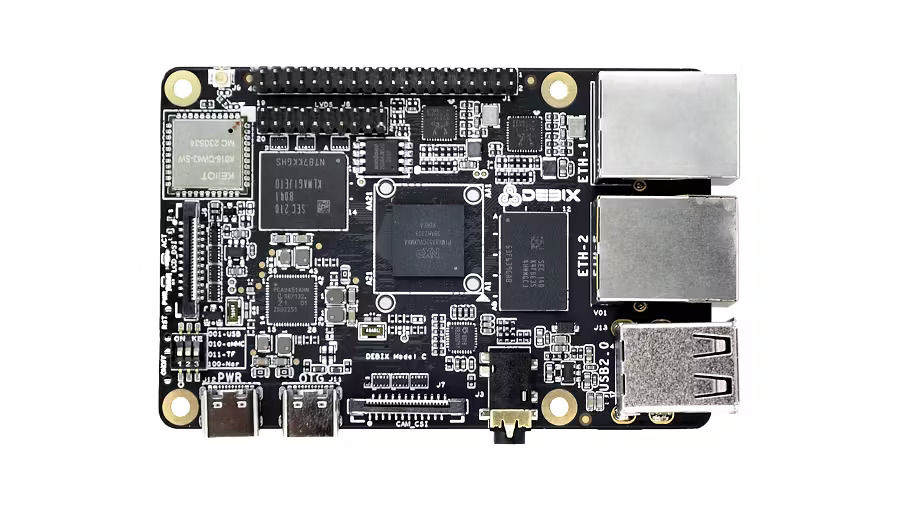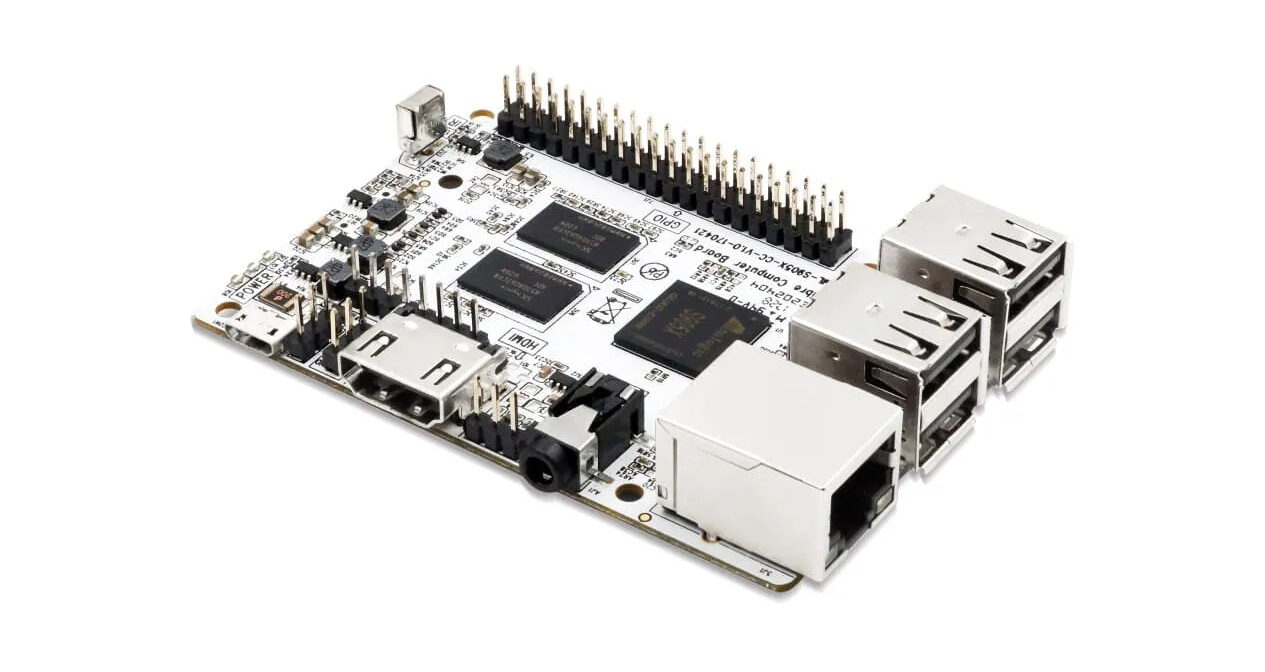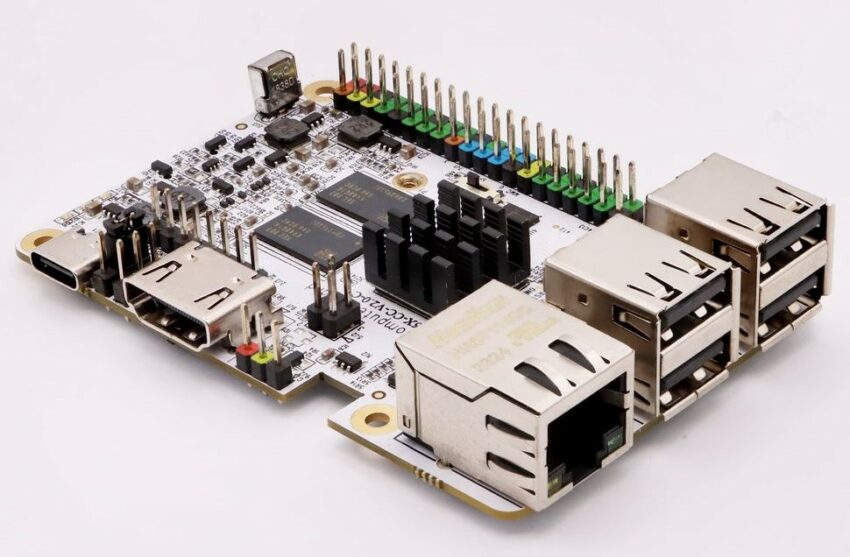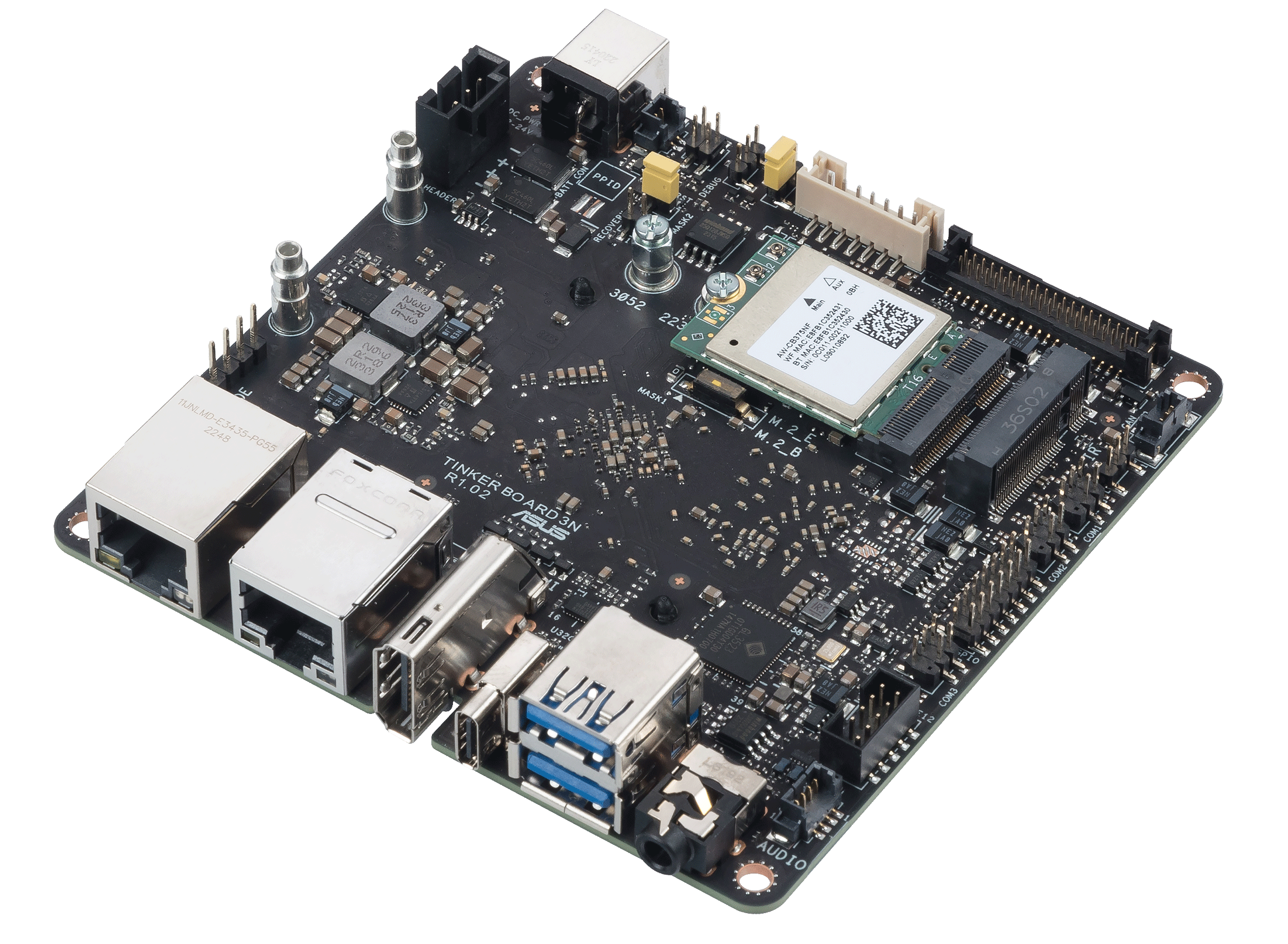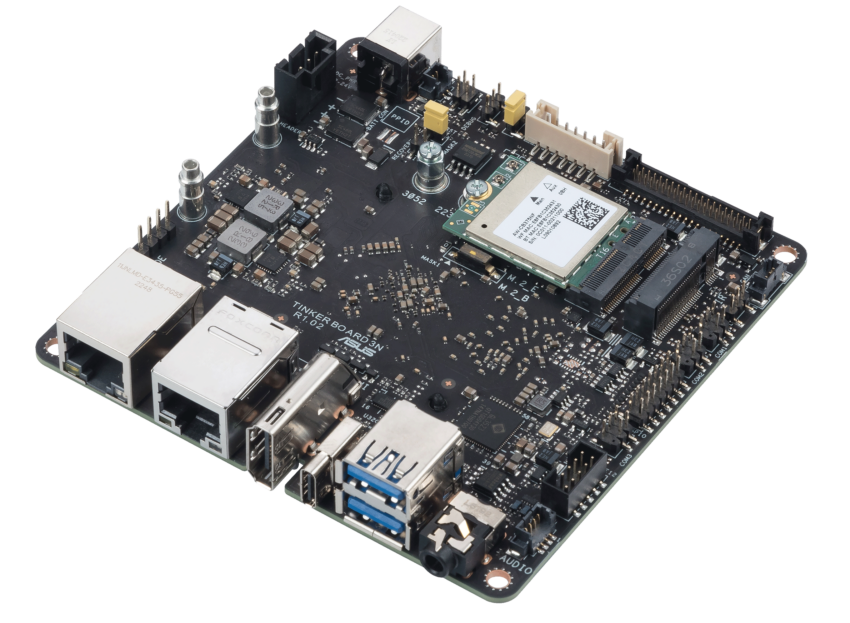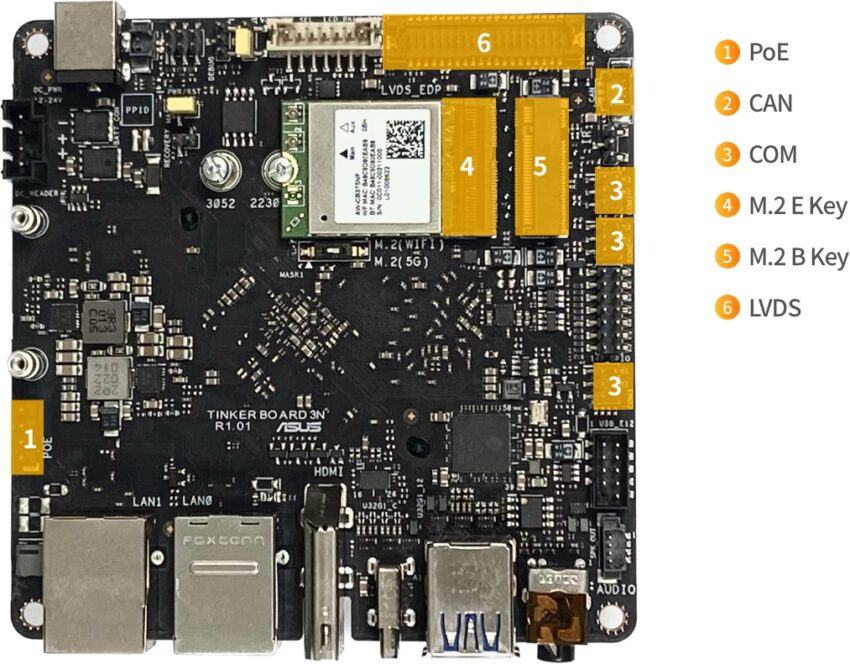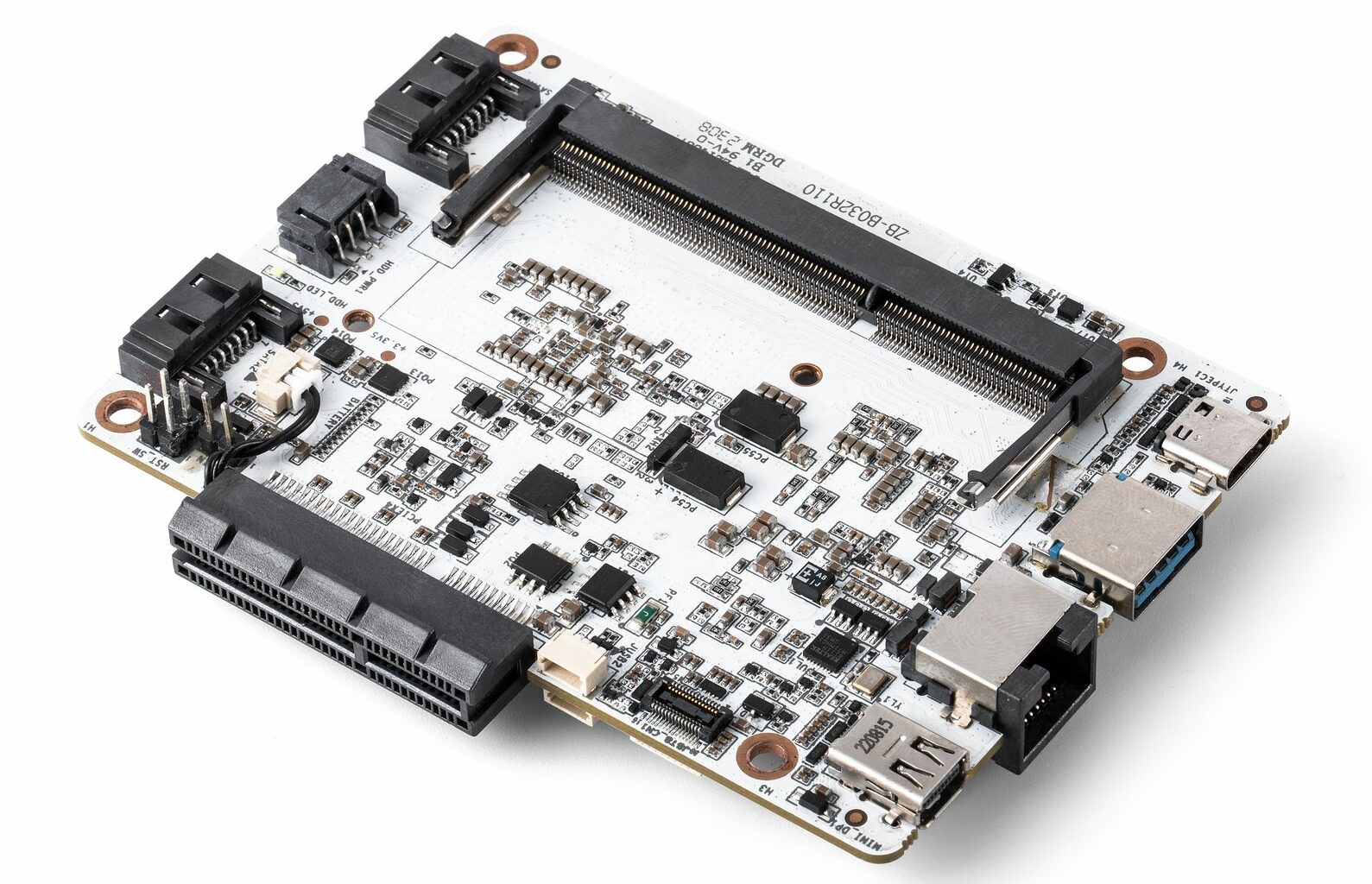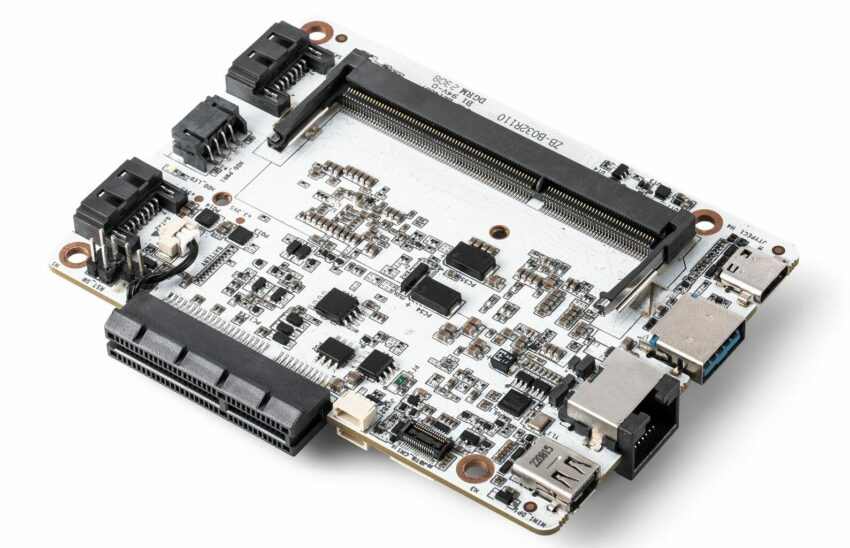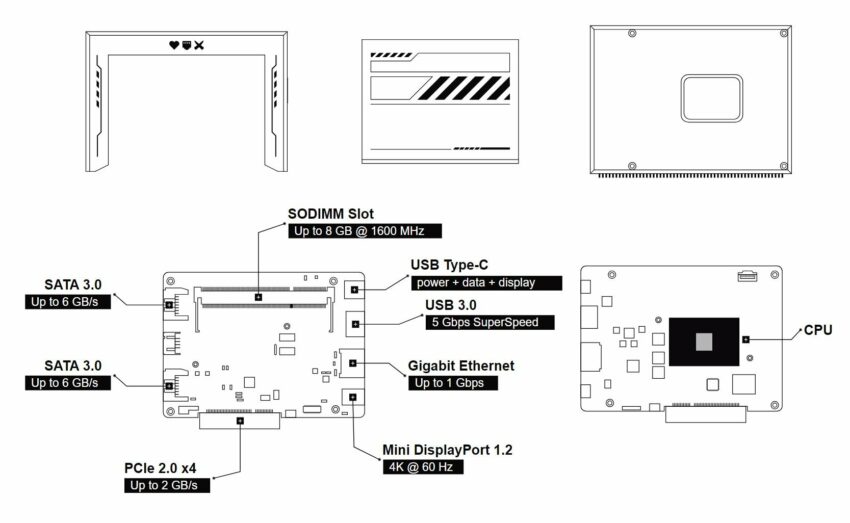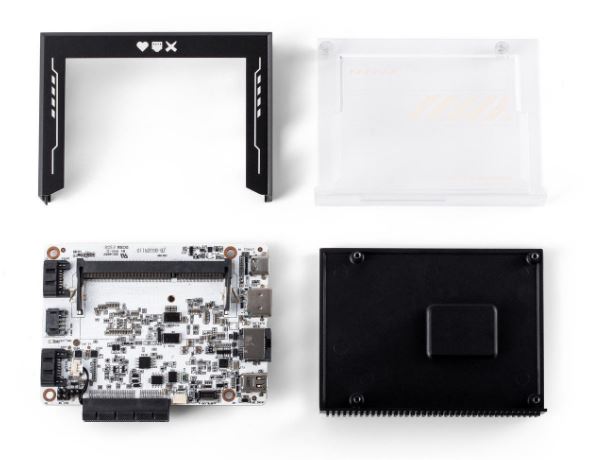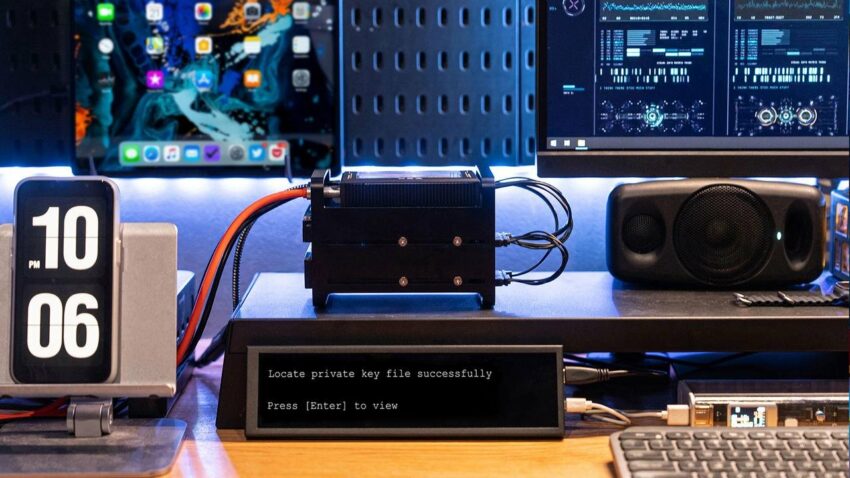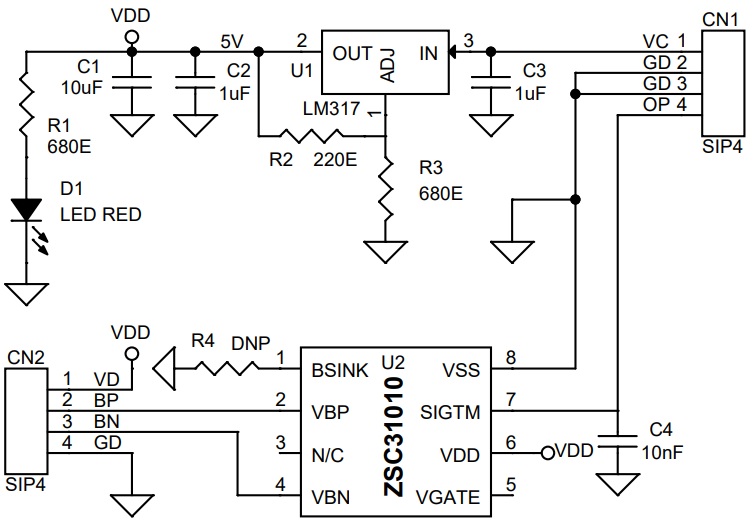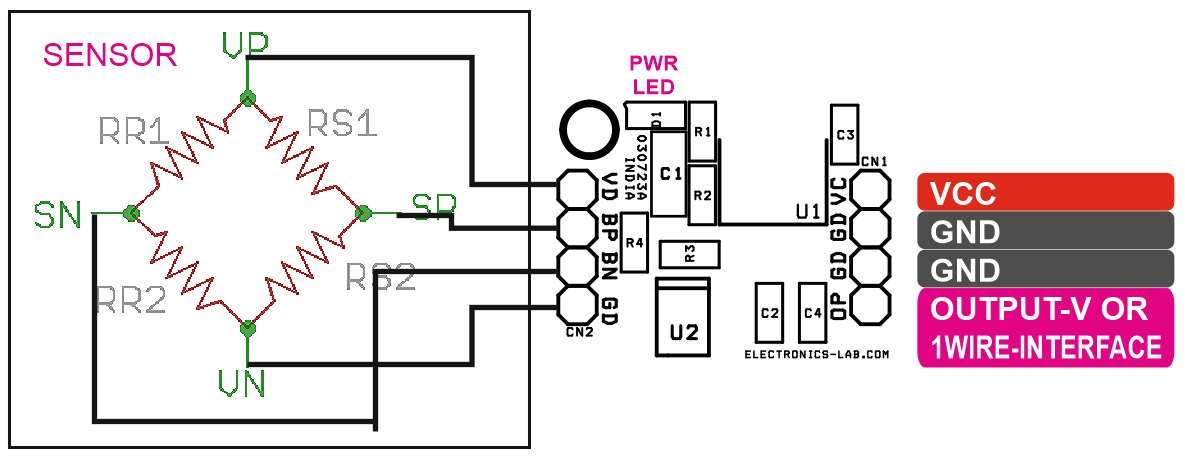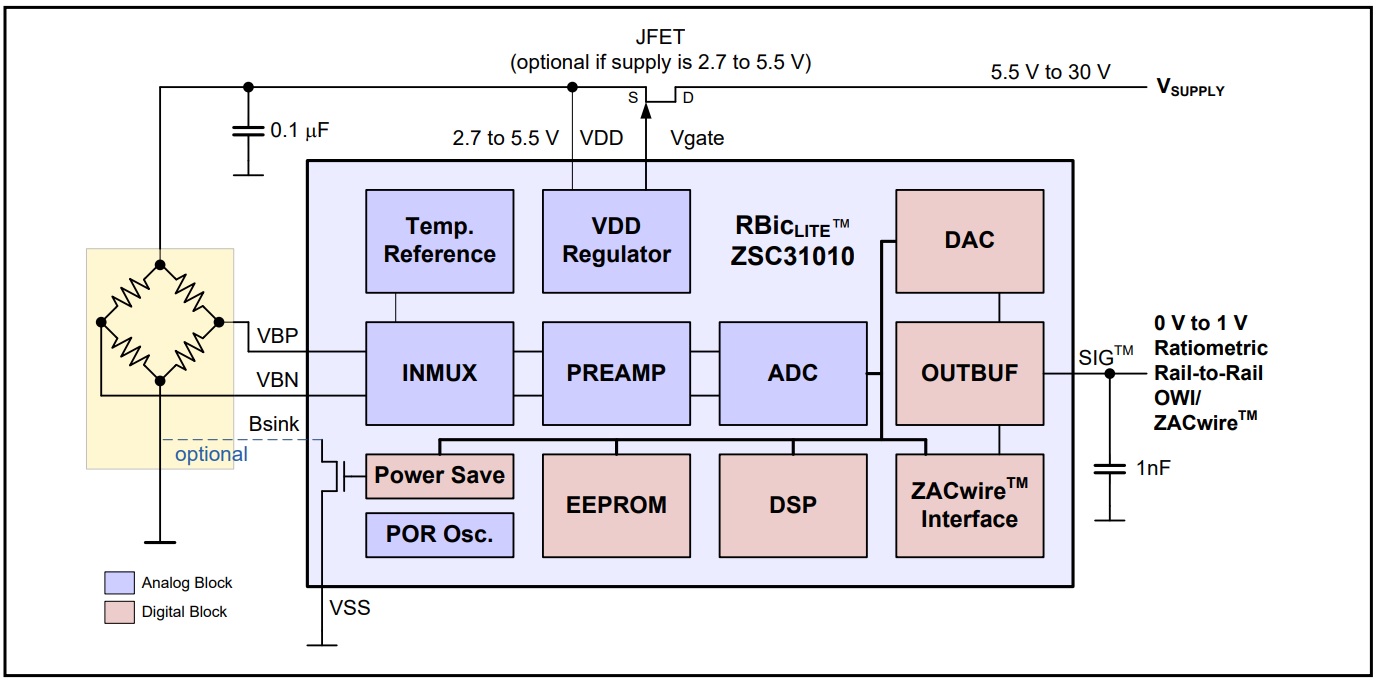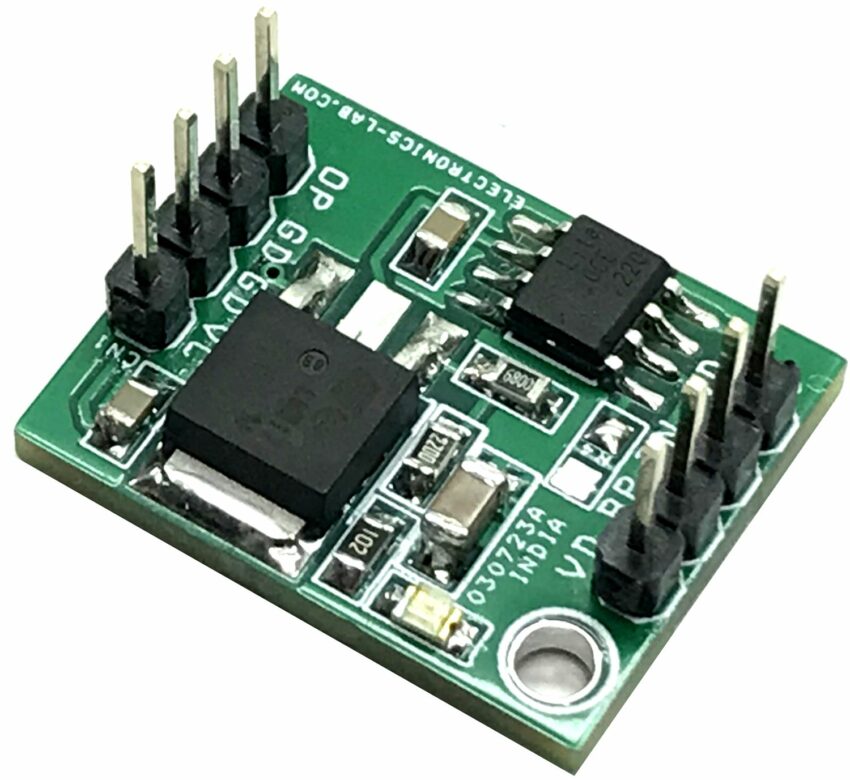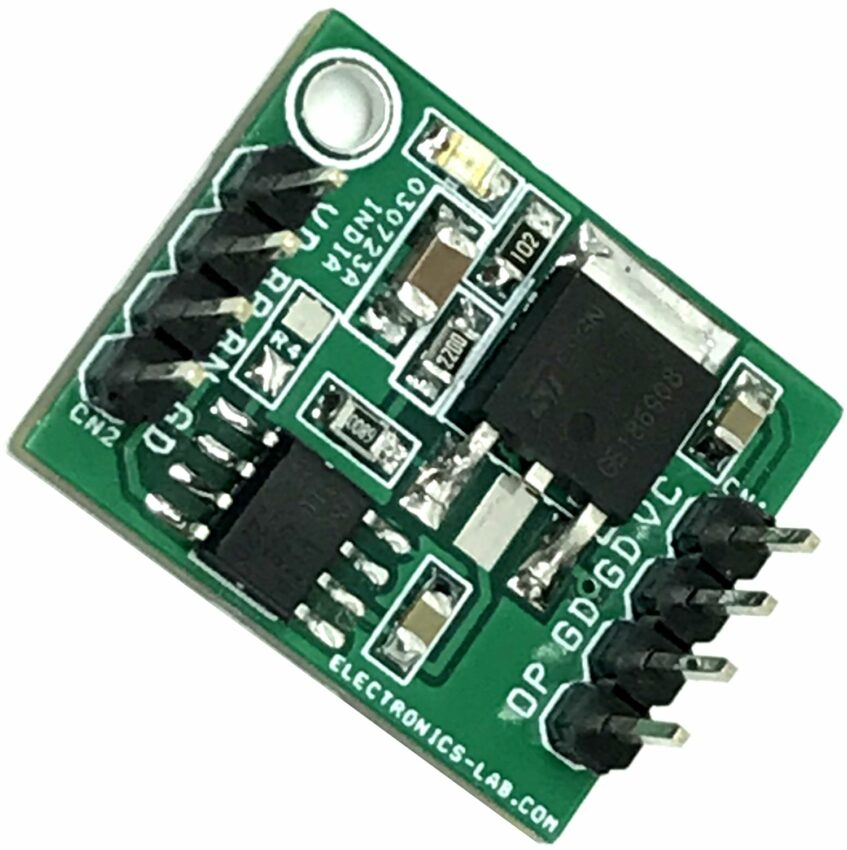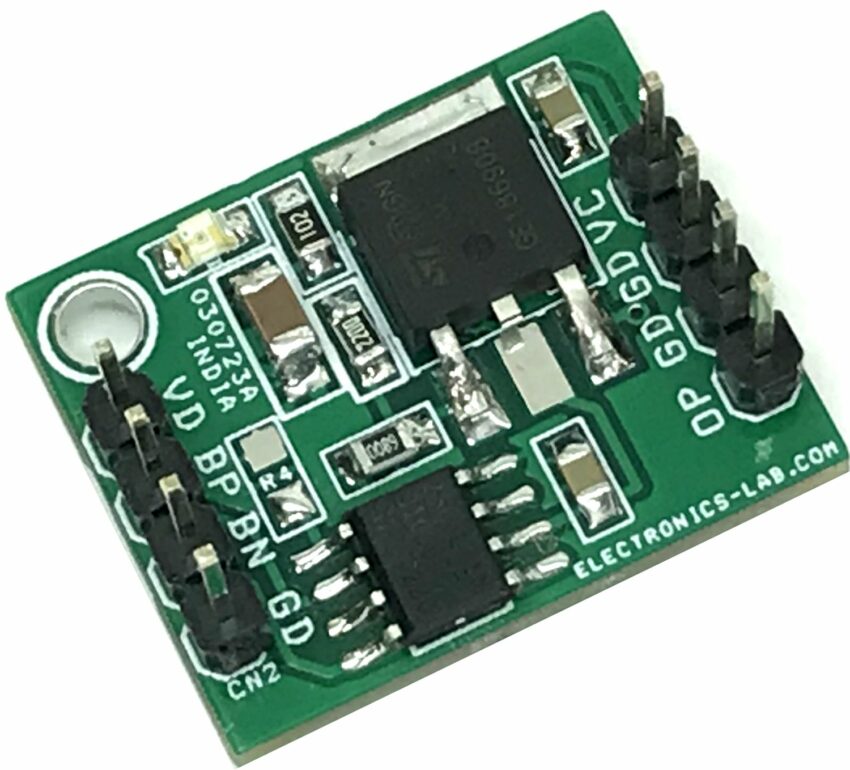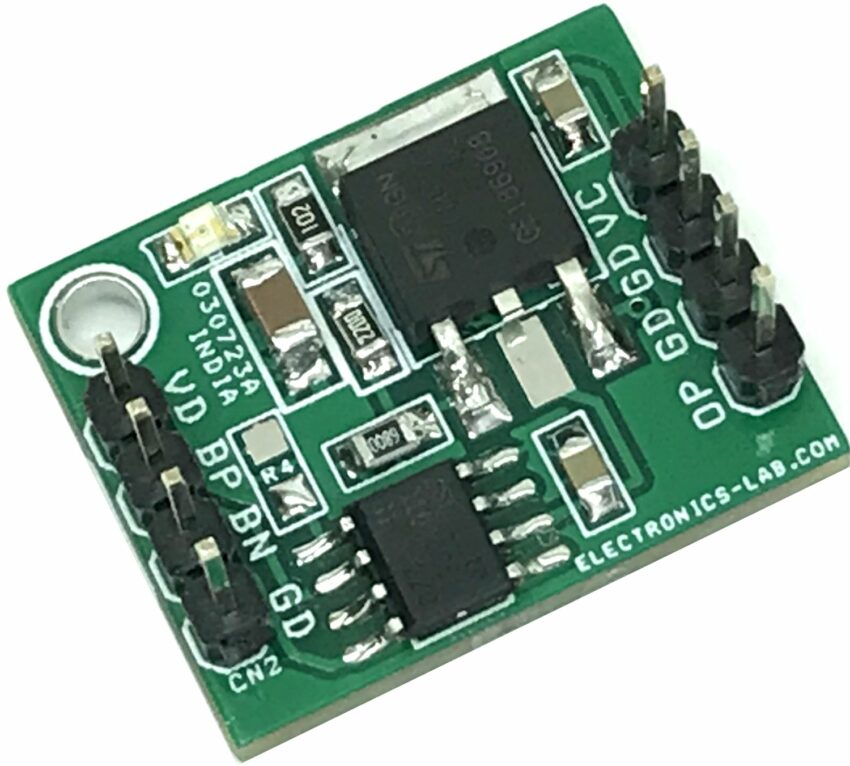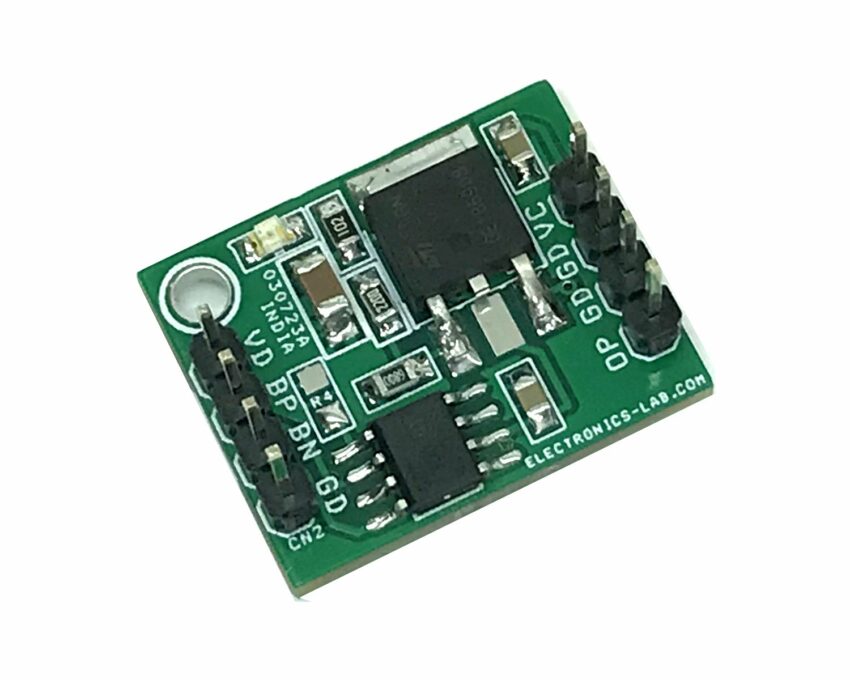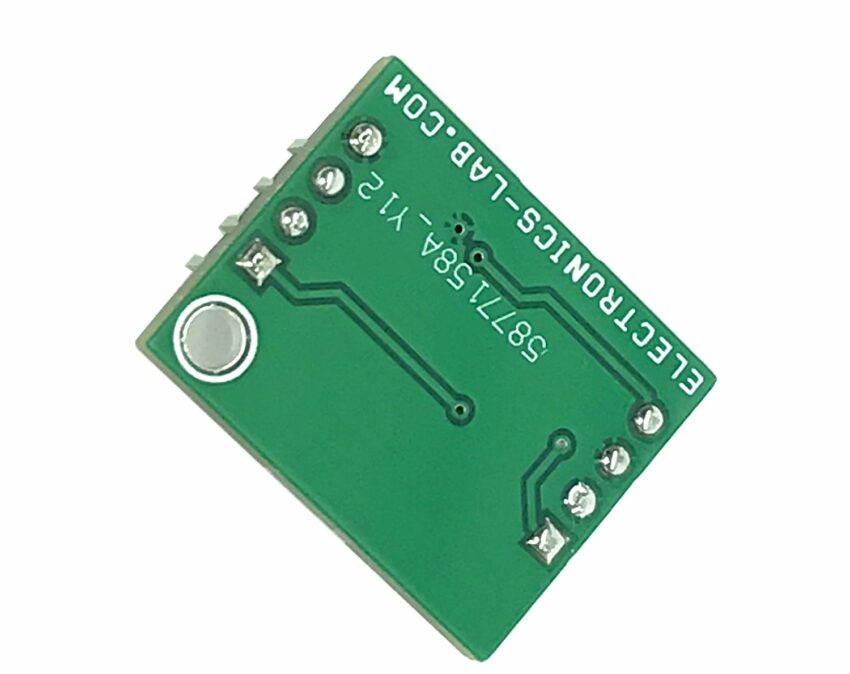ICs or Integrated Chips are the fundamental building blocks of all modern-day electronic devices. They’re made of lots of tiny parts like resistors, capacitors, and transistors printed into a small piece of material known as silicon. These chips are in almost everything electronic we use in our day-to-day lives – from our phones and smartwatches to even the projects people make at home for fun (DIY or hobby electronics). They’re also in big things like cars and rockets. These chips are necessary for many of our gadgets to work. In this article, we’ll explore the top 10 most widely used chips in the industry.
While we are at it we would like to point your attention to one of the biggest distributors of electronic components Win Source. Established in 1999 and boasting an inventory of over 1 million SKUs they are recognized as leaders in industrial distribution. Let’s explore some of the categories and examples from their vast collection:
Linear ICs
Linear Integrated Circuits, or analog ICs, work with a continuous range of values, which means they can have an infinite number of operating states. This makes them different from digital ICs, which have a set number of distinct input and output states. Analog ICs serve as the fundamental building blocks for complex electronic circuits and find applications in various devices such as airplanes, spaceships, and radars. Designing linear ICs is more challenging, despite them having fewer transistors. Some of the most commonly used linear ICs are listed below.
| Type | Part Number | Description |
|---|---|---|
| Operational Amplifiers (Op-Amps) | LM741 LM358 TL072 | General-purpose op-amp Dual op-amp Low-noise JFET dual op-amp |
| Voltage Regulators | LM7805 LM7905 LM317 | +5V positive voltage regulator -5V negative voltage regulator Adjustable positive voltage regulator |
| Voltage Comparators | LM339 LM311 | Quad voltage comparator Precision voltage comparator |
| Timers | NE555N | Timer IC |
| Voltage References | LM4041BEX3 | Micropower phase-locked loop |
| Phase Locked Loops (PLL) | LM4041BEX3 | Phase Lock Loop IC |
| Audio Amplifiers | TDA8560Q/N1 TPA6012A4PWPR LM3886T/NOPB | 55 W 2 Channel Audio Amplifier 3W Audio Amplifier 1-CH Mono 68W Class-AB Amp |
| Video Processor | LMH0302SQX/NOPB GS9092ACNE3 | GS9092A GenLINX-R III 270Mb/s Serializer for SDI and DVB-ASI 3-Gbps HD/SD SDI Cable Driver |
Logical ICs
Logical ICs or as it is commonly referred to as Digital ICs are semiconductor devices that are designed to process basic logical operations (i.e., signals that have only two possible states: high/1/true or low/0/false). These ICs are the fundamental building blocks of digital systems such as computers, mobile devices, and various other devices.
| Type | Part Number | Description |
|---|---|---|
| Basic Logic Gates | DM7486N SN7404NSR | Fundamental logic gates for digital operations |
| Flip-Flops and Latches | 7474(D flip-flop) 7475(Latch) | Used for data storage and state retention |
| Multiplexers/Demultiplexers | 74151 (8-to-1 MUX) 74138 (3-to-8 DEMUX) | Select one input for output or distribute one input to multiple outputs |
| Counters and Registers | 4017(decade counter) 74161 (4-bit counter) | Used for counting events or storing data |
| Encoders/Decoders | 74147 (line encoder) 7447 (segment decoder) | Convert multiple inputs to coded output or vice versa |
| Memory Devices | 6116 (2K x 8 SRAM) 27C512 (512K EPROM) | Stores data or program instructions |
| Microprocessors and Microcontrollers | Atmega328(8-bit Micro) Atmega2560(8-bit Micro) | Generic Microcontroller used in Arduino UNO and MEGA |
Embedded Processor and Controllers
A microprocessor acts as the brain of a system; it does arithmetic and logic operations, manages data flows, and communicates with other devices. A microcontroller does the same thing as a microprocessor. The difference is that a microcontroller has RAM, ROM, and EEPROM embedded inside it, but that is not true for a microprocessor. You have to connect RAM and storage for it to operate externally.
| Type | Part Number | Description |
|---|---|---|
| Microprocessor | MCIMX515DJM8C MCIMX6S6AVM08ACR GET52RGBB12GVE DF8064101055647 | SOC i.MX51 ARM Cortex A8 0.06um, IC MPU I.MX6S 800MHZ 624MAPBGA, MPU AMD G-Series RISC 64bit 1.5GHz, Atom D2700 (2.13GHz FCBGA559) |
| Microcontrollers | S912XEP100J5MALR STM8L152C6T6TR HD6417750RX240V AT89C51ED2-RLTUM PIC24FJ256GA108T Atmega328P | IC MCU 16BIT 1MB FLASH, IC MCU 8BIT 32KB FLASH , IC MCU 32BIT ROMLESS, IC MCU 8BIT 64KB FLASH, IC MCU 16BIT 256KB FLASH, 8-bit Microcontroller with 4/8/16/32K Bytes In-System Programmable Flash |
Memory Circuits
Memory ICs are special chips, which are made from millions of transistors, designed to store data or they can be used to hold code. They can retain information temporarily, as seen in RAM or SRAM, or permanently, like in ROM.
| Type | Part Number | Description |
|---|---|---|
| EEPROM | 24LC256 CAV25256VE 25AA512 | EEPROM Serial-2Wire 256K-bit IC EEPROM 256KBIT SPI 8SOIC IC EEPROM 512KBIT 20MHZ 8SOIC |
| Flash | W25Q256JVFIQ AT25DF041A-SSH-T S29GL01GP13FAIV10 | IC FLASH 256M SPI 133MHZ 16SOIC IC FLASH 4MBIT 70MHZ 8SOIC IC FLASH 1GBIT 110NS 56TSOP |
| RAM | CY7C026AV-25AI CY14B101Q2-LHXIT FM28V100-TGTR | 3.3V 4K/8K/16K x 16/18 Dual-Port Static RAM IC NVSRAM 1MBIT SPI 40MH FRAM 1Mbit Parallel Interface 3.3V |
| SRAM | STK14C88-3NF35ITR STK14C88-3NF35I K6X4016T3F-TF70 | IC NVSRAM 256KBIT 35NS 32SOIC NVRAM NVSRAM Parallel 256Kbit 3.3V 256Kx16 bit Low Power and Low Voltage CMOS Static RAM |
| PSRAM | IS66WVE4M16EBLL MT38W2021A902ZQXZI.X69 IS66WVE1M16EBLL-70BLI | IC PSRAM 64MBIT PARALLEL, MCP 64Mb NOR + PSRAM 32Mb IC PSRAM 16MBIT PARALLEL |
| DDR | H26M78208CMR MT41K512M16HA-125 KMR31000BM-B611 | GDDR6 14Gb/s DDR3-1600 512Mx16 (8Gb) eMCP 16GB eMMC + 3GB(24Gb) LPDDR3 |
| EMMC | KE4CN5B6A H26M78208CMR SDIN5C2-8G-L | 32GB eMMC 64GB eMMC5.1 8GB eMMC |
Digital signal processors
Digital Signal Processors (DSP) are ICs that can process various real-world signals such as voice, audio, video, temperature, pressure, and position. Once these signals are converted into digital form, DSPs can quickly and efficiently perform mathematical operations like adding, subtracting, multiplying, and dividing. DSPs play a crucial role in refining and interpreting digital information from our surroundings.
| Type | Part Number | Description |
|---|---|---|
| DSP | EV-SC594-SOM ADZS-21369-EZLITE EV-21569-SOM TMDSLCDK6748 | ADSP-SC594 SYSTEM ON MODULE EVAL EZ-KIT LITE ADSP-21369 EVAL BRD ADSP-21569 SYSTEM ON MODULE EVAL TMS320C6748 EVAL BRD / TMS320C6748 |
Radio-frequency ICs
RFIC is an abbreviation of radio-frequency integrated circuits. Applications for RFICs include radar and communications, although the term RFIC might be applied to any electrical integrated circuit operating in a frequency range suitable for wireless transmission.
| Type | Part Number | Description |
|---|---|---|
| RF Filters | DEA162450BT-1289A3 DEA250207BT-1256A2 | RF FILTER BAND PASS RF FILTER LOW PASS |
| RF Amplifiers | HMC388LP4ETR BGA612E6327HTSA1 BGA612 E6327 | IC AMP VSAT 3.15GHZ-3.4GHZ 24QFN / RF Amplifier IC AMP MMIC 80MA RF Amp Single MMIC Amp 6GHz |
Application-specific ICs or ASICs
Application-specific integrated Circuits (ASICs) are ICs designed for a specific purpose or task rather than for general use. They are custom-made to perform a particular device or system function.
For example, a chip designed solely to run a digital watch is an ASIC. Similarly, the chips in your smartphone that manage battery consumption or process camera images are ASICs.
| Type | Part Number | Description |
|---|---|---|
| ASIC ICs | AD654JNZ RP2040 | IC V-F CONVERTER MONO Raspberry Pi Drivers |
PMICs (Power Management ICs)
PMIC stands for Power Management Integrated Circuit. These are specialized ICs designed to manage and control the power in electronic devices. They handle power distribution, voltage scaling, battery charging, and power source selection tasks.
| Type | Part Number | Description |
|---|---|---|
| Offline Switchers | TOP247YN LNK306GN UC3842BVD1G | IC OFFLINE SWIT UVLO HV AC to DC Switching Converter High-Performance Current Mode Controllers |
| Battery Management ICs | S-8253AAA-T8T1GZ MC33771CTP1AE S-8261AAXMD-G2XT2U | C LI-ION BATT PROTECT BATTERY CELL CONTROLLER IC BATT PROTECTION |
| Display Drivers | PCF85162T/1Y MAX7219EWG+T PCF8578HT | 32 X 4 UNIVERSAL LCD DRIVER IC DRVR DSPLY LED LCD row/column driver for dot matrix graphic displays |
Optoelectronics ICs
Optoelectronic ICs combine electronic devices and optical processes within a single chip. This IC can be used in many applications like SMPS, Linear Feedback Systems, and more. Some of the most common types of optoelectronic ICs are listed below,
| Type | Part Number | Description |
|---|---|---|
| Optocouplers | PC817X1J000F MCT2E | DIP 4pin General Purpose Photocoupler OPTOISO 7.5KV TRANS W/BASE 6DIP |
Sensors, Transducers ICs
Sensors and Transducers are one of the most important ICs that you can have as an electronic engineer. They can detect different types of signals and generate a response accordingly to that received signal. Some of the most common sensors are Temperature and Humidity Sensors, Blood Pressure Sensors, Pulse Oximeter Sensors, and many more.
| Type | Part Number | Description |
|---|---|---|
| Sensors | LIS331HH L18P040D15 TCS34717FN ZMOD4510AI1R | Triple Axis Accelerometer 40A AC/DC Hall Effect Sensor Colour Sensor Gas Sensor |


